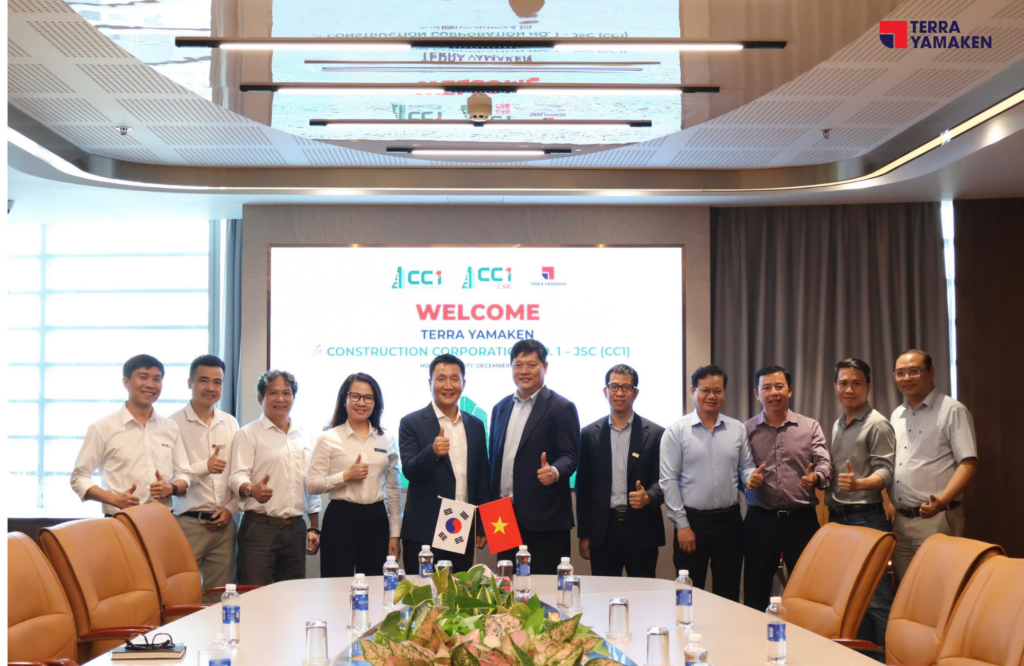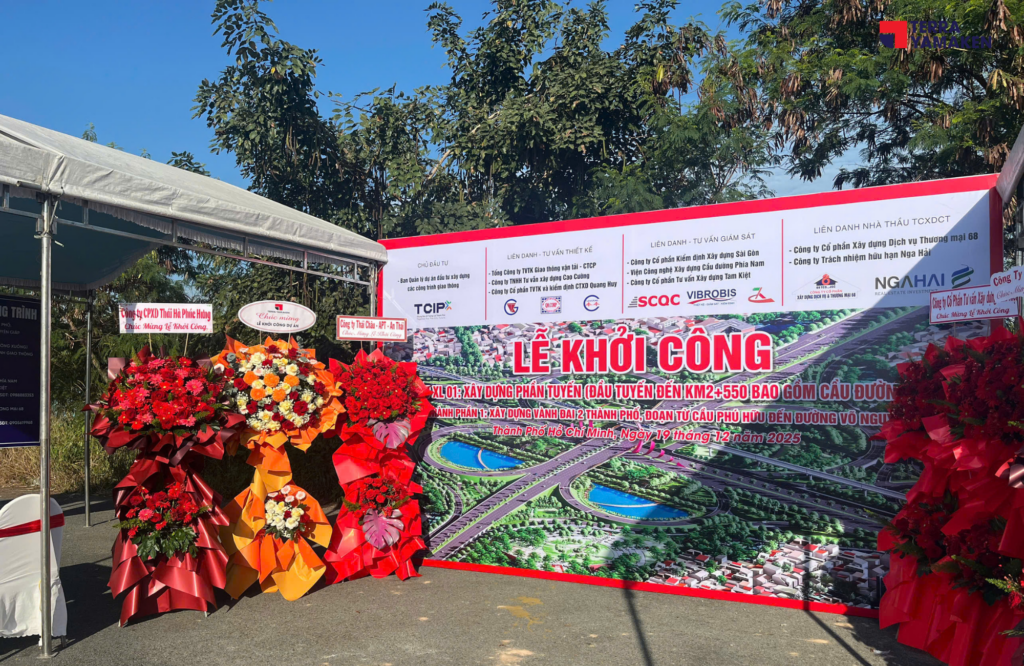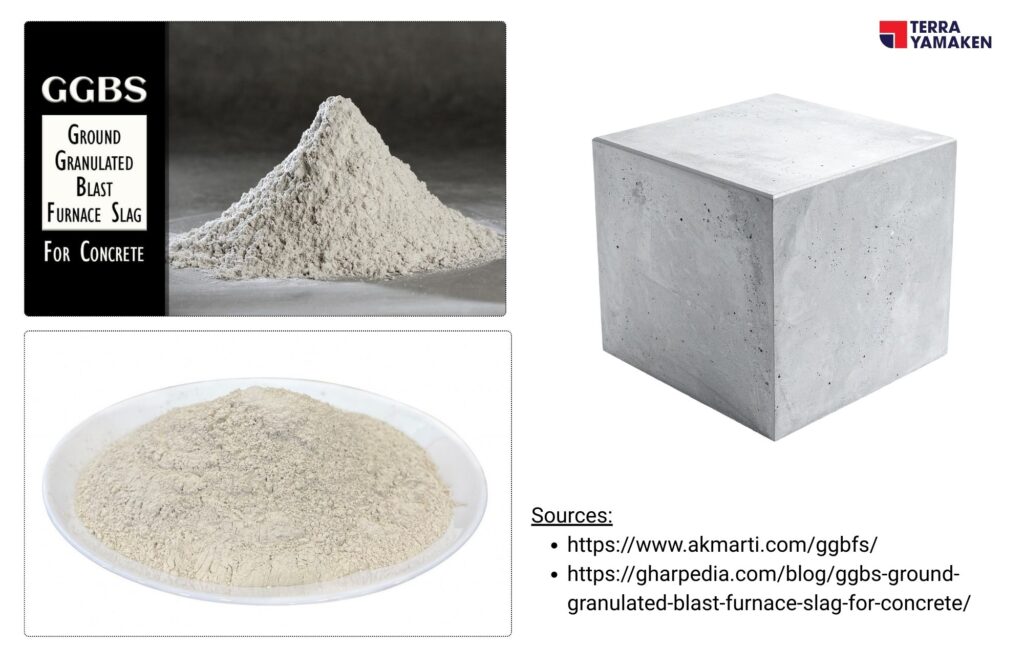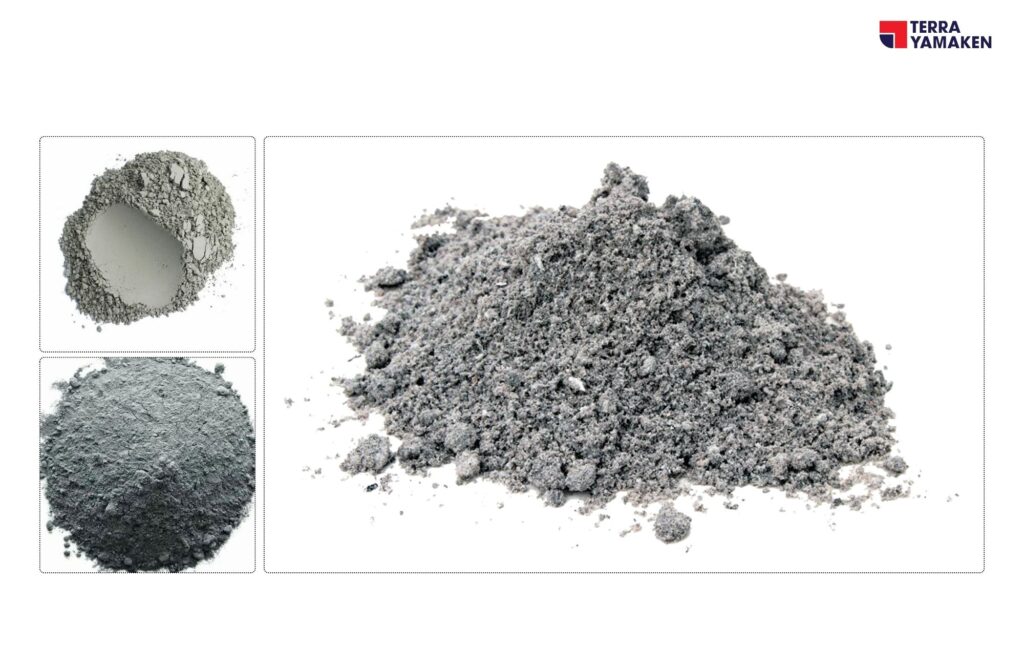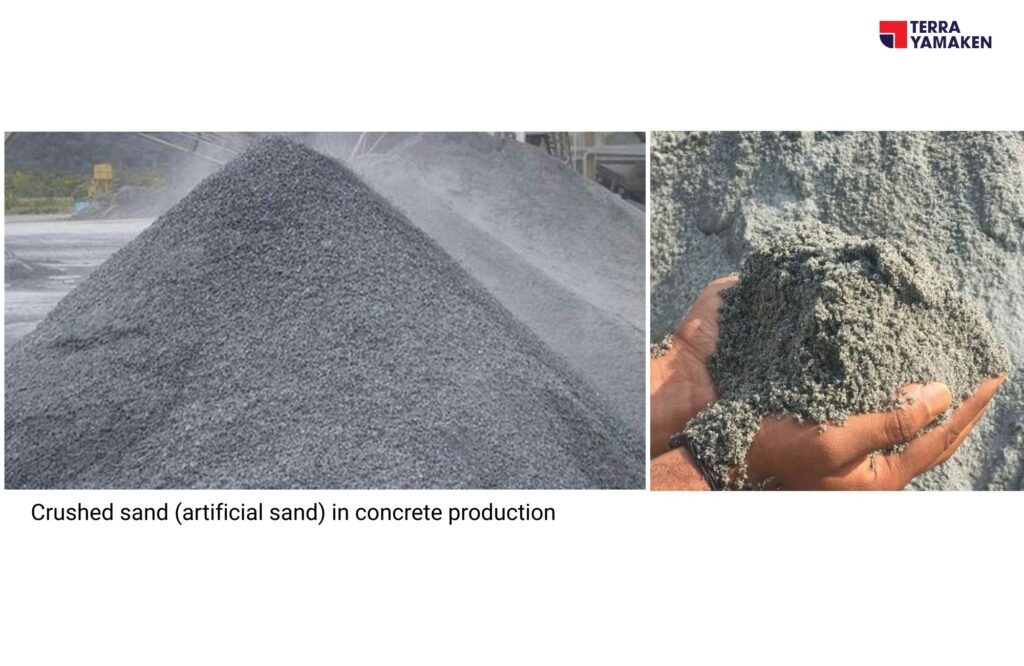Table of Contents
ToggleConcrete is a widely used construction material, playing a key role in many construction projects in Vietnam. However, in Vietnam’s climate conditions with high humidity and rising temperatures, concrete curing becomes a decisive factor for the quality and durability of the structure. This article will summarize the causes of concrete cracking, classify the types of cracks, outline the steps for curing concrete, and list reference materials and applicable standards during the concrete curing process.
Causes of Concrete Cracking
Concrete cracking is a common issue that most structures face. There are many causes leading to concrete cracking, including:
- Dew Shrinkage: When concrete has not yet finished its curing time, if the air humidity is low or the temperature is high, the water in the concrete will evaporate quickly. This leads to shrinkage of the concrete and creates tensile stress, causing small cracks. This phenomenon usually occurs in the early hours after concrete is poured.
- Dry Shrinkage: When the concrete has hardened, water in the pores of the concrete continues to evaporate, leading to volume reduction and the generation of tensile stress. This can occur over a long period and cause deeper cracks if no appropriate control measures are taken.
- Thermal Cracking: The heat generated during the hydration of cement will create thermal stress, especially in large concrete blocks. The temperature difference between parts of the concrete block (between the core and the surface) can create stresses that lead to cracking.
- Load Cracking: When concrete is subjected to loads greater than its capacity, or due to deformation during construction, this can lead to concrete cracking.
- Chemical Reaction Cracking: Some adverse chemical reactions in concrete, such as alkali-silica reaction, can cause cracking. Sulfate or chloride ions in the environment can penetrate the concrete and reduce its strength.
2. Classification of Concrete Cracks
Concrete cracks can be classified based on various factors, including causes, size, and level of activity. Below are the main classifications:
- Active Cracks: These cracks are continuing to develop due to external impacts such as loads or deformations. They need to be monitored and repaired promptly.
- Inactive Cracks: These cracks have stopped and are not continuing to grow. Typically, these cracks will not pose a danger, but still need to be repaired to protect the structure.
- Surface Cracks: These are small, shallow cracks that usually do not affect the structural integrity of the concrete. They may be caused by dew shrinkage or dry shrinkage.
- Deep Cracks: These can affect the integrity of the concrete structure. These cracks often traverse the entire cross-section of the element and need immediate attention.
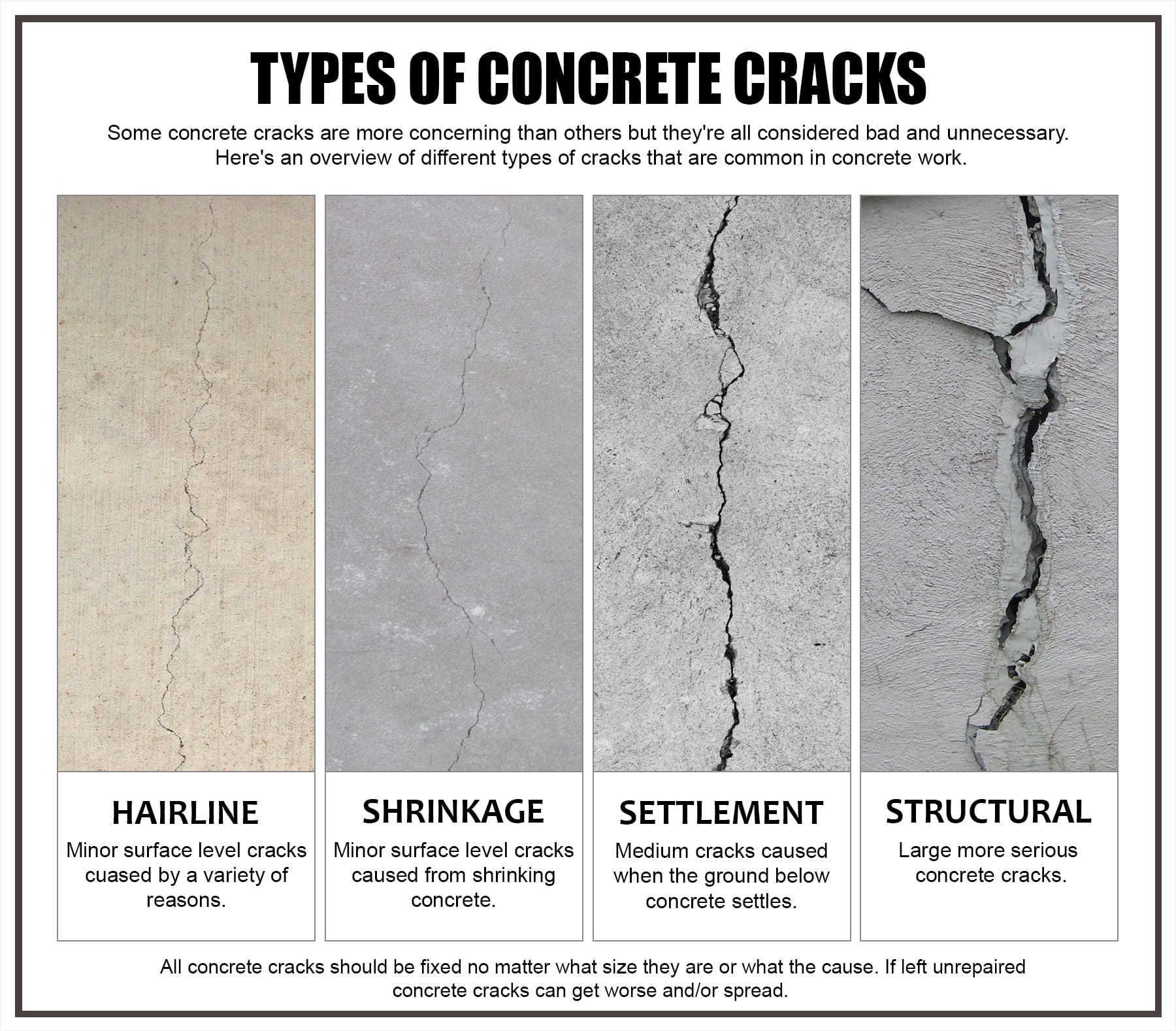
Image 1 – Reference illustration source: What Causes Concrete to Crack? An In-depth Look at Why Your Foundation Isn’t Perfect – https://www.constructor.net.au/what-causes-concrete-to-crack-an-in-depth-look-at-why-your-foundation-isnt-perfect
3. Steps for Concrete Curing
Concrete curing is a very important process aimed at maintaining moisture and temperature for the concrete in the early stages after pouring, helping develop strength and reducing the risk of cracking. The specific steps are as follows:
- Natural Moisture Curing: Keep the concrete moist by regular watering, using wet burlap, or spraying mist. The minimum curing time is typically 7 days under normal conditions and may be extended in difficult climatic conditions.
- Chemical Curing: Use curing compounds to create a film on the surface of the concrete, preventing water evaporation. These compounds are often white to reflect heat and reduce heat absorption from the sun.
- Dry Curing: Use polyethylene sheets or tarpaulins to cover the surface of the concrete, retaining moisture inside and preventing water evaporation. This method is suitable for large surfaces where it is difficult to maintain continuous moisture.
- Monitoring and Inspection: Regularly check the moisture of the concrete surface and the condition of any cracks, if present. Ensure that curing measures are always implemented correctly.
- Automatic Sensors: If conditions allow, use an automatic sensor system to monitor the moisture and temperature of the concrete, helping to optimize the curing process.


Image 2 – Reference illustration source – Concrete Curing & Finishing – https://can.sika.com/en/construction/concrete-repair-protection/concrete-curing-finishing.html
4. Reference Materials and Applicable Standards
Concrete curing must adhere to standards to ensure quality. Some important documents and standards include:
- TCVN 9345:2012 – Kết cấu bê tông và bê tông cốt thép – Yêu cầu kỹ thuật thi công và nghiệm thu.
- TCVN 8828:2011 – Bê tông – Yêu cầu bảo dưỡng ẩm tự nhiên.
- TCVN 4506:2012 – Nước dùng cho bê tông và vữa – Yêu cầu kỹ thuật.
- TCVN 8826:2011 – Phụ gia hóa học cho bê tông.
- TCVN 2682:2009 – Xi măng poóc lăng – Yêu cầu kỹ thuật.
- TCVN 9345:2012 – Kết cấu bê tông và bê tông cốt thép – Hướng dẫn kỹ thuật phòng chống nứt dưới tác động của khí hậu nóng ẩm.
Conclusion
The process of curing concrete in Vietnam’s climate plays a very important role in maintaining the quality and durability of the structure. To minimize the risk of cracking and extend the lifespan of concrete, it is necessary to understand the causes of cracking, classify the cracks, implement the proper curing steps, and adhere to relevant standards. With the advancement of technology, applying advanced curing measures will contribute to improving the crack resistance and long-term performance of concrete.

